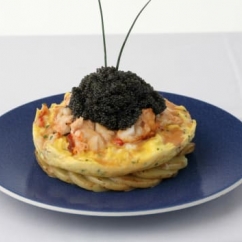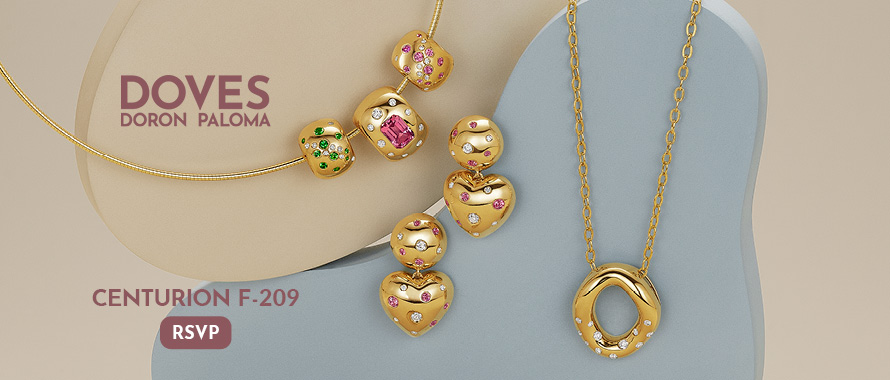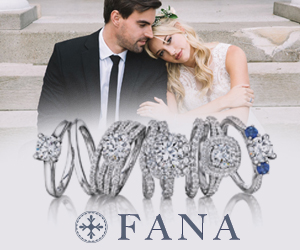Sales Strategy
The $2,000 Omelet: How Ultra-High Pricing Often Attracts, Rather Than Repels, True Luxury Customers December 04, 2019 (0 comments)

Merrick, NY—Failing luxury brands often have one thing in common: pricing missteps. That’s the conclusion that author and luxury consultant Daniel Langer draws in a recent article in Chinese newspaper Jing Daily.
Langer, who is the CEO of the luxury, lifestyle and consumer brand strategy firm Équité, and a professor of luxury strategy and extreme value creation at Pepperdine University in Malibu, CA, says that when successful top-tier brands introduce lower-priced entry versions of their product, it not only drives away the core customers of their top-tier products, but eventually the lower-income consumers who bought into the brand at the lower price also desert it.
The typical cycle of this strategy is that the entry-level product initially sells far more than anticipated, raking in tremendous revenue and convincing brand executives they made the right choice. But once that first wave is complete, not only can the brand not replicate its initial success with the cheaper product, but its original customers that bought the top-tier product and gave the brand its cachet in the first place also now don’t want to be associated with a brand that has lost its exclusivity.
A brand’s story—not the product features—are what create extreme value, Langer says. When brands set value based on their manufacturing cost and margin expectations, they almost always mistakenly price too low. But sometimes their brand story is worthy of creating a value so extreme that they (or their retailers) can’t even conceive of it.
While there has been an ongoing trend toward understated luxury, and a rapid growth of renting, vs. owning luxury goods, there is still a customer for the very top tier of luxury. This perceived “added luxury value,” or ALV, as Langer calls it, is based on several social-status effects, such as social dominance or luxury as an ultimate treat. Other attributes may be hidden (public protection, signaling expertise, or promising enhanced attractiveness), he says.
By example, he cites the “Zillion Dollar Lobster Frittata” at Norma’s in New York’s Le Parker Meridien hotel, which at $1,000 per serving, was named “the most expensive omelet in the world” in the Guinness Book of World Records.
The omelet contains, among other things, 10 oz. of Sevurga caviar and an entire lobster. It debuted in 2004 when the hotel’s chef was looking for a way to incorporate caviar into an omelet. Since it was going to be expensive no matter what, he decided the way to play it was “go big or go home.”
The $1,000 dish became an enormously popular status experience for the well-heeled. Langer did a cost study and suggested Norma’s could double the price to $2,000 without damaging sales (and in fact likely increasing them). The hotel opted not to until the cost of caviar rocketed. Since then, the famed frittata has in fact carried a $2,000 price tag—and demand went up along with the price, proving Langer’s theory correct.






